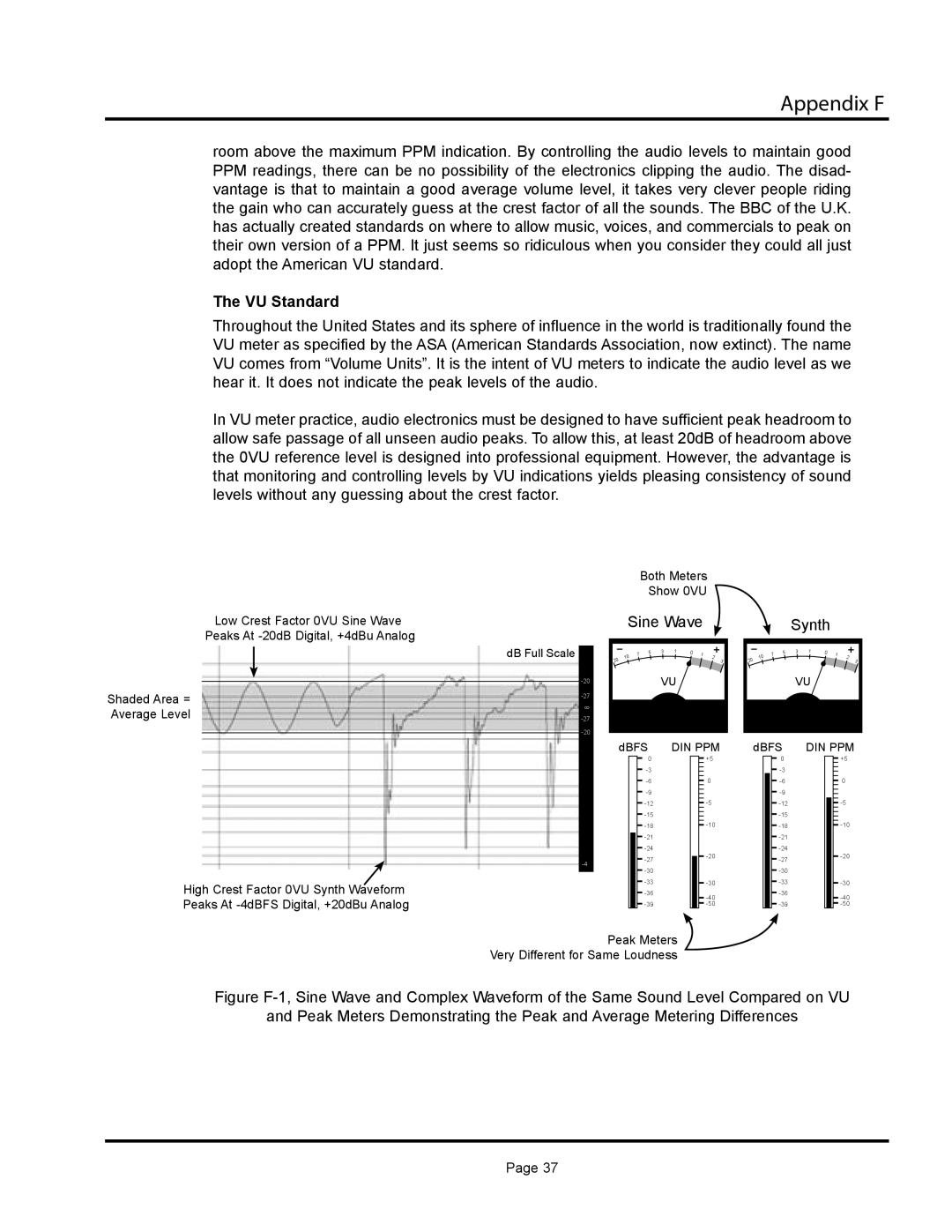320A specifications
The Aphex Systems 320A is a dynamic processor designed to enhance the quality of audio recordings in professional settings. Known for its exceptional performance and versatility, the 320A offers a unique combination of compression, limiting, and expansion functionalities. This unit is an essential tool for sound engineers and producers looking to achieve polished sound.One of the standout features of the 320A is its dual channel processing capability. This allows users to apply dynamic processing to two separate audio signals simultaneously, making it ideal for stereo or dual mono setups. The 320A offers a range of controls, including threshold, ratio, attack, release, and gain, allowing precise adjustments to be made according to the needs of any project.
The 320A utilizes Aphex's proprietary Intelligent Clipping technology, which helps to prevent distortion at high signal levels. This feature is particularly beneficial when working with dynamic sources like vocals and percussive instruments. Intelligent Clipping ensures that the audio remains smooth and clear, even when processed aggressively.
In terms of connectivity, the Aphex 320A is equipped with balanced XLR and TRS inputs and outputs, ensuring compatibility with various audio sources and devices. The unit supports both line-level and mic-level signals, providing flexibility for different recording scenarios. Additionally, its low noise operation ensures that the final output retains pristine audio quality.
Another significant characteristic of the 320A is its user-friendly interface. The front panel features easy-to-read meters and clearly defined controls, making it straightforward for users to monitor the audio levels and adjust settings in real-time.
The 320A also includes a sidechain capability, allowing users to trigger compression or expansion from an external source. This feature is useful for achieving effects like ducking or creating rhythmic dynamics in a mix.
In summary, the Aphex Systems 320A is a feature-packed dynamic processor that serves as an invaluable tool for audio professionals. With its dual channel processing, Intelligent Clipping technology, flexible connectivity options, and user-friendly design, the 320A stands out in the realm of audio processing equipment, delivering high-quality performance for a variety of recording and mixing applications.

